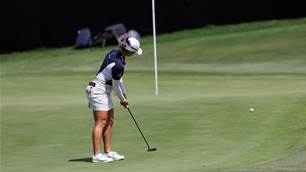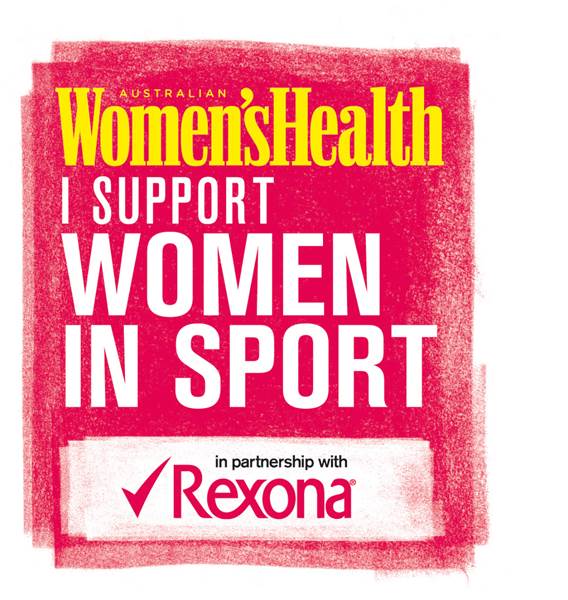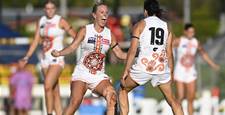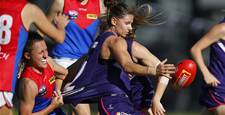Women's Health Australia are looking to increase the visibility of women in sport
 Women's Health Australia are looking to increase the visibility of women in sport
Women's Health Australia are looking to increase the visibility of women in sportBack in 1984 a report was conducted by the Australian Sports Commission into the media coverage of women’s sport in newspapers, magazines, radio and television stations during a two-week period.
Unsurprisingly the level was found to be low, a 1.3% low. The report sparked a call for numerous changes in the coverage of women’s sport but nearly 30 years on; has anything really changed?
The recent statistics, and speaking with Women’s Health Australia editor Felicity Harley, tell us things may have changed but not drastically so.
In fact, while coverage of women’s sport reached a peak of just over 10% coverage in Dr Murray Phillips 1996 follow up report, An illusory image, since then it has been steadily falling.
“The most horrifying one for me is that women make up just 9% of all sports coverage in Australian television news and current affairs,” said Harley.
“Racehorses actually get 10% and animals get 12%. So animals get [more coverage] than women and I think that’s absolutely shocking.”
The question then is; why aren’t women’s sports given, if not equal, then reasonable coverage? Well according to one of the few outspoken commentators Greg Baum, it doesn’t deserve it due to the product and audiences don’t engage with it.
The first point might have been justifiable back in the 80s when women’s professional sports was establishing itself but these days the product and performances are more than worthy. In fact, of the 14 gold medals won by Australia at the 2008 Beijing Olympics, 8 were by individual females or female teams! And of the 15 silver medals, 8 of them were individual females, female teams or in the case of the equestrian team 3 of the 5 members were female.
As to the second point, well that’s a little more valid but its something Women’s Health Australia and Rexona are combating with the I Support Women in Sport campaign.
Studies have shown that one of the major reasons women aren’t engaged in sport at the highest level is that they aren’t retained in sports.
“At 10 years of age there are 65% of females in organised sport,” Harley said. “By the time they get to 35 its 12.8%.”
“I think if we can have these role models out there for younger people to encourage people to stay in sport or get back into sport then people become more interested in sport.”
 Harley’s stats are backed up by the research of the Australian Womensport and Recreation Association. They found that only 8% of teenage girls claim to have a sport role model. Meanwhile over 65% of boys have a male sports role model.
Harley’s stats are backed up by the research of the Australian Womensport and Recreation Association. They found that only 8% of teenage girls claim to have a sport role model. Meanwhile over 65% of boys have a male sports role model.
Over the next 10 months Women’s Health Australia will be doing their bit to highlight some outstanding sportswomen, and potential role models, as they provide at least 6 editorial pages each issue.
“We at Women’s Health decided that we are the perfect vehicle to feature sportswomen and profile them.”
“I think we just have to push forward by featuring these women so that younger women, school age girls, can have all these positive female role modes.”
Currently it’s a vicious cycle; little to no coverage of women’s sport, no positive female role models therefore less girls take up or remain in sports. The great hope is that all this coverage will lead to increased participation numbers and engagement to break the cycle.
“The main drive of it is that we want to encourage more women to play sport,” stated Harley.
“We set a target of 100,000 women we want to pledge that they will get out there and kick a soccer ball or catch a footie.”
“Or maybe grab your daughter, your niece, your sister or some-one who hasn’t been exposed to sport. Get your esky and picnic blanket and go to your local netball competition or soccer competition and watch and support these young 15 year olds.”
Launched at a gala at the SCG, the 'I Support Women in Sport campaign has already profiled and displayed some great women from Winter Olympic gold medallist Lydia Lassila to Ellyse Perry. The ambassadors are some Australia's including tennis' Alicia Molik, netball's Sharelle McMahon and olympic great Cathy Freeman.
Speaking to Felicity Harley you get the idea that to her is a lot more than an initiative, it’s a passion.
“I get a real kick out of this because I love giving coverage and seeing all these amazing stories from women come out in the open.”
“Personally, at the end of the 10 months, I want to look at the wall and have all our stories up there and go ‘okay we have really put some women out there and highlighted their stories’ so other women can read them and be inspired by them.”
In 2010, the Australian Sports Commission released new research detailing the representation of women’s sport in the media entitled Towards a Level Playing Field: sport and gender in Australian media.
Unfortunately, it was the same kind of news. The report made several recommendations including increased funding and provision of additional resources. However, that whole process, like most governmental processes, will take awhile. In the meantime, maybe its up to us to get the ball rolling so make the pledge and show that you support women’s sport.
“There is a pledge that they can take on the site. You can sign up and say how you are going to support women in sport.”
Related Articles
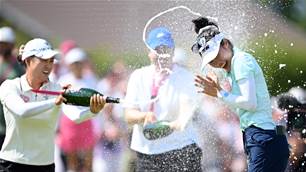
Column: Back-to-Back and Better Than Ever
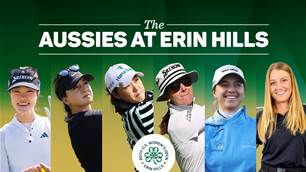
The Aussies at the U.S Women’s Open
